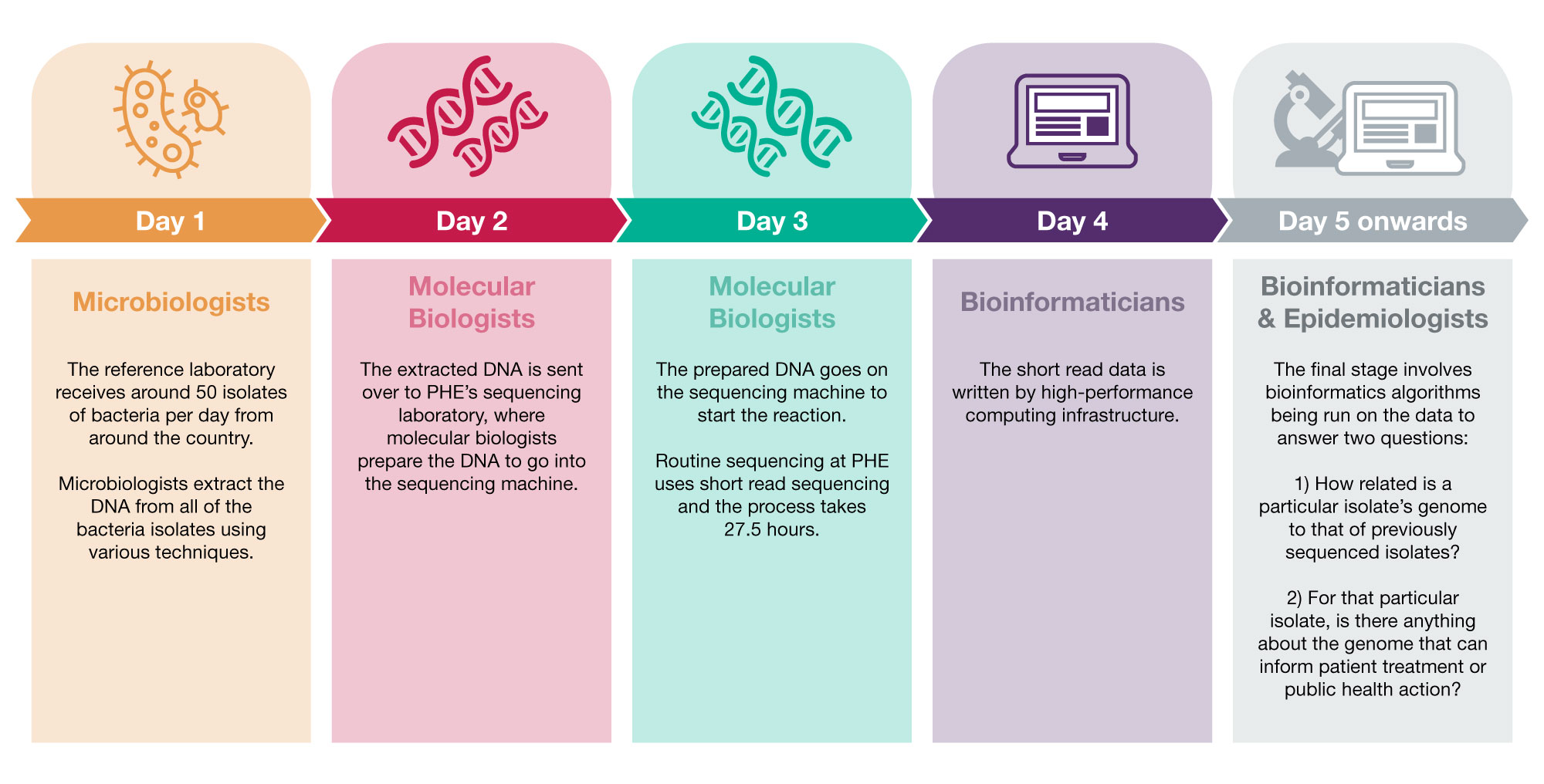Dementia research aims to shed light on the risk factors that contribute to brain decline in a bid to forestall it. In a major breakthrough, researchers have identified 13 genetic variants that contribute to the risk of Alzheimer’s disease – the most common type of dementia. A second study showed development of dementia late in life is associated with abnormal blood levels of dozens of proteins up to five years earlier, according to a new study. Most of these proteins were not known to be linked to dementia before, suggesting new targets for prevention therapies.
Dementia is an umbrella term for a group of symptoms associated with brain decline, such as memory loss. There are more than 400 types of dementia but Alzheimer’s disease is the most common. Understanding the risk factors that underpin dementia raises the hope of breaking the link. A new study advances our understanding of the genetic component to Alzheimer’s disease.

Scientists in the study – published in the journal Alzheimer’s & Dementia – identified 13 genetic variants that increase the risk of Alzheimer’s disease.
To identify these mutations, a team of researchers from Boston General Hospital (USA) and the Department of Neuroscience at the University of Sheffield (UK) used a genetic technique that allows “reading” the entire genome, called Whole Genome Sequencing (WGS).
Unlike previous studies, which have sought to find common genetic traits that predispose to developing this disease, this time the researchers focused on finding rare variants.
Contrary to what one might think, these rare variants, although they specifically repeat very infrequently from one individual to another, make up approximately 77 percent of the 50 to 60 million genetic variants that make up each person’s DNA. As such, they are often the key to understanding the origin or development of many diseases.
The researchers arrived at their conclusion by crunching data on 2,247 individuals from 605 different families, in which several members suffer or have suffered from Alzheimer’s.
They subsequently found thirteen specific variables associated with the risk of developing the disease.
This finding could then be replicated in another cohort of 1,669 unrelated individuals.
Analysis of these variants -FNBP1L, SEL1L, LINC00298, PRKCH, C15ORF41, C2CD3, KIF2A, APC, LHX9, NALCN, CTNNA2, SYTL3 and CLSTN2 – revealed in most cases to be related neuroplasticity, synaptic function and neuronal development. All of which play a role in the development of Alzheimer’s.

For example, in Alzheimer’s patients, four of these genes (APC, CTNNA2, KIF2A, and NALCN) were expressed (i.e. the information contained was synthesised into a protein) primarily in brain tissue, while PRKCH expression was significantly reduced in the temporal cortex (involved in functions such as memory and language).
Two others, however, interacted with previously known Alzheimer’s disease-related genes: FNBP1L and KIF2A.
All these findings, in principle, could have future applications as important diagnostic tools and even as targets for gene therapies aimed at reversing the effects of the disease.

